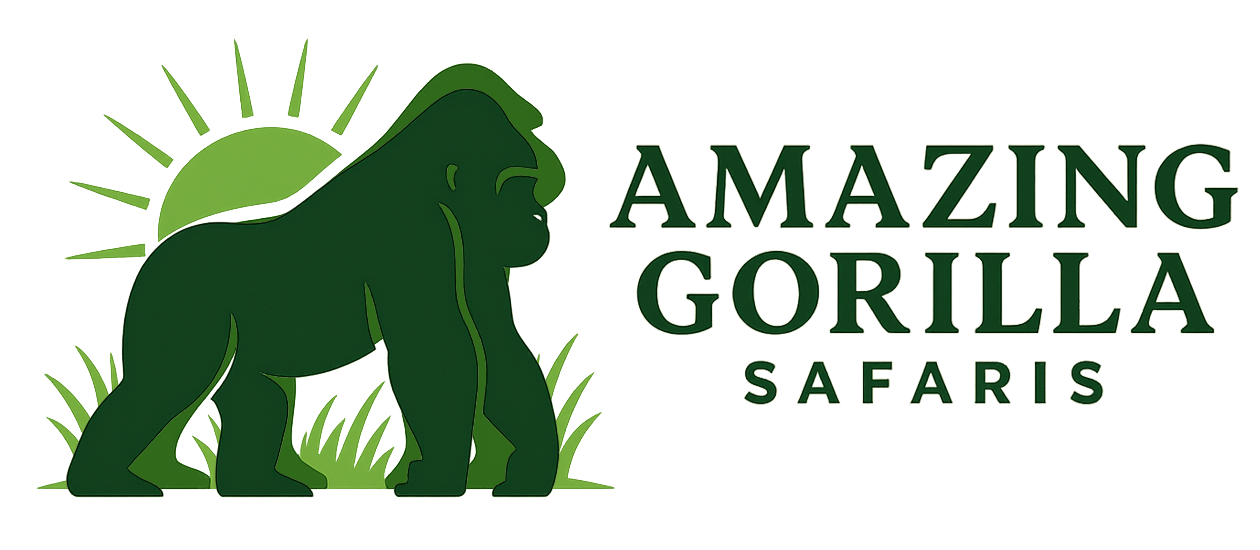Mount Bisoke: Rwanda’s Crater Lake Volcano in the Virunga Mountains
In the misty Virunga Mountains, where Rwanda meets the Democratic Republic of Congo, rises Mount Bisoke (3,711 meters / 12,175 feet)—a dormant volcano whose summit holds one of the most stunning crater lakes in East Africa. Known locally as “Visoke,” the mountain is part of Volcanoes National Park, a place celebrated for gorilla trekking but equally rewarding for those who seek high-altitude adventures. Steeped in geological drama, ecological richness, and cultural significance, Mount Bisoke is one of Rwanda’s most captivating trekking destinations.
Geography and Formation
Mount Bisoke belongs to the Virunga volcanic chain, an arc of eight volcanoes straddling Rwanda, Uganda, and the Congo. It lies east of Mount Karisimbi and north of Lake Kivu, its slopes draped in bamboo, Hagenia forests, and Afro-alpine moorlands. Though dormant, Bisoke is part of the tectonically restless Albertine Rift. Its most striking feature is the crater lake at its summit—about 400 meters in diameter and nearly 100 meters deep—formed by a past eruption. On clear days, the lake reflects the sky like a mirror, surrounded by rugged cliffs and vegetation, making it one of the most scenic viewpoints in Rwanda.
Trekking Mount Bisoke
Climbing Mount Bisoke is one of the most popular hikes in Volcanoes National Park. The trek takes about 6–7 hours round trip, with the ascent covering roughly 4 hours and the descent 2–3 hours, depending on pace. The trail begins at the park headquarters in Kinigi, where trekkers are briefed and assigned guides and porters. From there, the journey ascends steadily through farmland before entering lush bamboo forests, the preferred habitat of golden monkeys and, occasionally, mountain gorillas.
As the trail climbs higher, hikers pass through montane forest filled with Hagenia and hypericum trees draped in moss. Birdsong echoes through the canopy, and the air grows cooler and thinner. The final stretch leads into the Afro-alpine zone, where giant lobelias and senecios dominate the landscape, lending the climb a surreal, prehistoric feel. The last ascent is steep and often muddy, but the reward is the breathtaking sight of the crater lake at the summit, ringed by mist and overlooking the surrounding Virunga peaks.
The panoramic views from Bisoke stretch across Rwanda and into the Congo, with vistas of Mount Karisimbi, Mikeno, and Nyiragongo’s smoky silhouette on clear days. Many trekkers describe standing at the summit as both exhilarating and humbling—an encounter with the raw, volcanic beauty of the Virungas.
Wildlife Along the Trail
Mount Bisoke lies within gorilla territory, and though gorilla trekking requires a separate permit, there is always a chance of encountering these giants during the hike. More commonly, trekkers see golden monkeys, black-fronted duikers, or hear the distant calls of primates moving through the forest. The birdlife is equally rich, with species such as the Rwenzori turaco, Malachite sunbird, and Rwenzori batis inhabiting the slopes. For naturalists, the diversity of habitats encountered in just a few hours of climbing makes the Bisoke hike uniquely rewarding.
Historical and Cultural Significance
Bisoke’s slopes carry historical resonance. The mountain straddles the Rwanda–Congo border, marked by colonial-era treaties, and remains an important part of the cultural landscape for communities living around the Virungas. It is also close to the Karisoke Research Center, established by primatologist Dian Fossey in the 1960s. Her pioneering work in gorilla conservation brought the Virungas global attention, and today, her legacy continues to shape conservation efforts across Rwanda.
Locally, the name “Bisoke” means “soaked with water,” a reference to its crater lake and the frequent mists that shroud its slopes. To the communities surrounding it, the mountain is both a source of water and a symbol of identity, its presence a constant in daily life.
Practical Information for Hikers
-
Difficulty: Moderate to challenging due to steep inclines and altitude.
-
Best Time to Hike: Dry seasons (June–September and December–February), when trails are less muddy.
-
What to Bring: Sturdy hiking boots, waterproof clothing, walking stick, snacks, water, and a porter (highly recommended for carrying bags).
-
Permits: Hiking Bisoke requires a permit purchased through Rwanda Development Board (RDB) or licensed tour operators. Unlike gorilla trekking, permits are relatively affordable and accessible.
Why Mount Bisoke Stands Out
While Rwanda’s Volcanoes National Park is world-renowned for gorilla trekking, Mount Bisoke offers an equally compelling adventure for those who want to experience the grandeur of the Virunga Mountains without the high cost of gorilla permits. It combines the physical challenge of a high-altitude trek, the beauty of diverse ecosystems, the thrill of wildlife encounters, and the unmatched drama of standing before a volcanic crater lake.
For travelers, Bisoke represents the essence of Rwanda: landscapes that inspire awe, wildlife that demands respect, and cultural stories that tie people to the land. It is a mountain that rewards every step with discovery, making it a must-visit destination in the heart of the Virungas.




